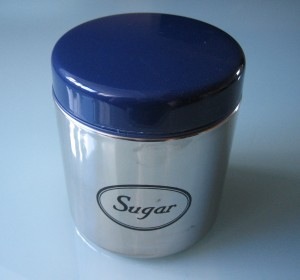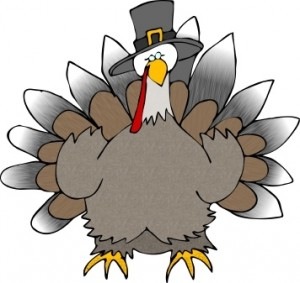Do you think you are being oh-so-virtuous by grabbing the reduced fat cookies or crackers off of the supermarket shelf? I hate to disillusion you, but sometimes there isn’t a big difference in calories between the low or fat free version and the regular version of the same food.
In many reduced and fat free foods the fat is replaced with flour, sweeteners, or other starches and fillers which make the reduction in calories very small or, sometimes, nonexistent.
Reduced Fat Snack Food Hits The Supermarket Shelves
When fat free and reduced fat foods – especially snack foods like cookies, crackers, and chips hit the market — they were touted as products to help with the rising tide of obesity. Even things like pretzels, marshmallows, and gummy bears, foods that never contained fat to begin with, had “fat free” plastered all over their labels.
These fat and reduced fat foods certainly were not a panacea and consumers began to realize that they weren’t the magic bullet they were hoping for. Consumers choosing these foods were eating less fat — but — they were still eating too many calories.
Calories Are Calories
Whether they’re from fat or carbs or protein, a calorie is a calorie. If you eat more calories than you need you probably will gain weight. Reducing the amount of fat that you eat is one way to limit your overall calorie intake – as long as you don’t replace those fat calories with calories from another source.
Fat Free Is Not Calorie Free
Unfortunately, many people interpret “fat free” as “calorie free.”
Eating reduced or fat free foods isn’t always the answer to losing weight –especially when you eat more of the reduced fat food than you would of the regular one. And, because a lot of fat free foods aren’t very filling, it’s easier to eat a lot of calories and not feel full.
How Many Calories?
Compare the calories in the reduced or fat free versions to the regular version:
- Reduced fat peanut butter, 2 tablespoons: 187 calories; Regular peanut butter, 2 tablespoons: 191 calories
- 3 reduced fat chocolate chip cookies, (30 g): 118 calories; 3 regular chocolate chip cookies, (30 g): 142 calories
- 2 fat free fig cookies: 102 calories; 2 regular fig cookies: 111 calories
- 1 small (2½ inch) low fat blueberry muffin: 131 calories; 1 small (2 ½ inch) regular blueberry muffing: 138 calories
- 2 tablespoons fat free caramel topping: 103 calories; 2 tablespoons homemade (with butter) caramel topping: 103 calories
- ½ cup fat free vanilla frozen yogurt (<1% fat): 111 calories; ½ cup whole milk vanilla frozen yogurt (3-4% fat): 133 calories
- Low fat cereal bar: 130 calories; Regular cereal bar: 140 calories
- 16 Low Fat Wheat Thins: 130 calories; 16 regular wheat thins: 150 calories
- 3 low fat Oreo cookies: 150 calories; 3 original Oreo cookies: 160 calories




